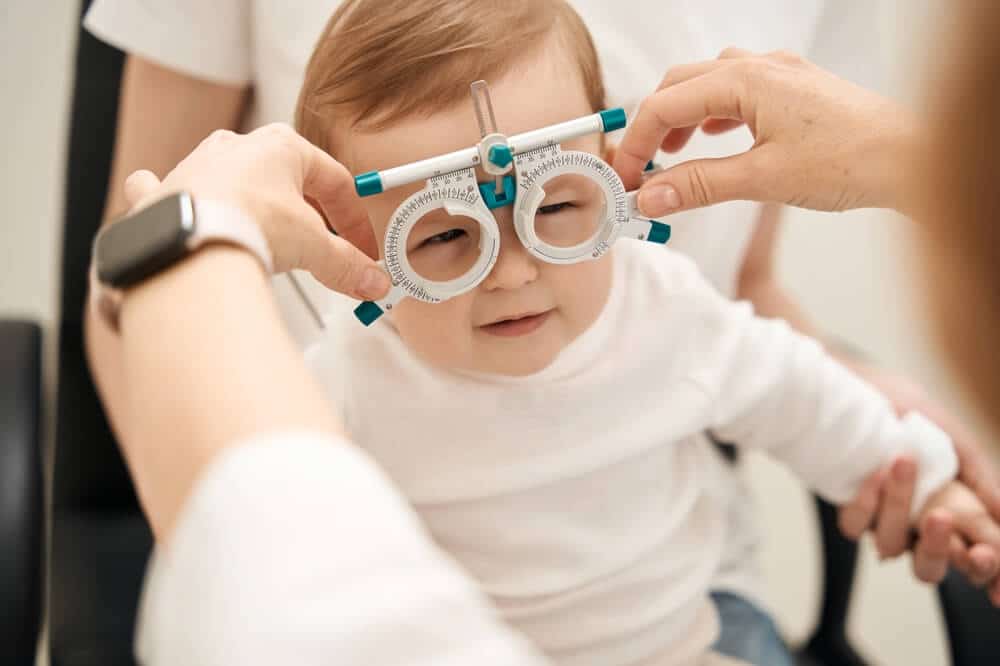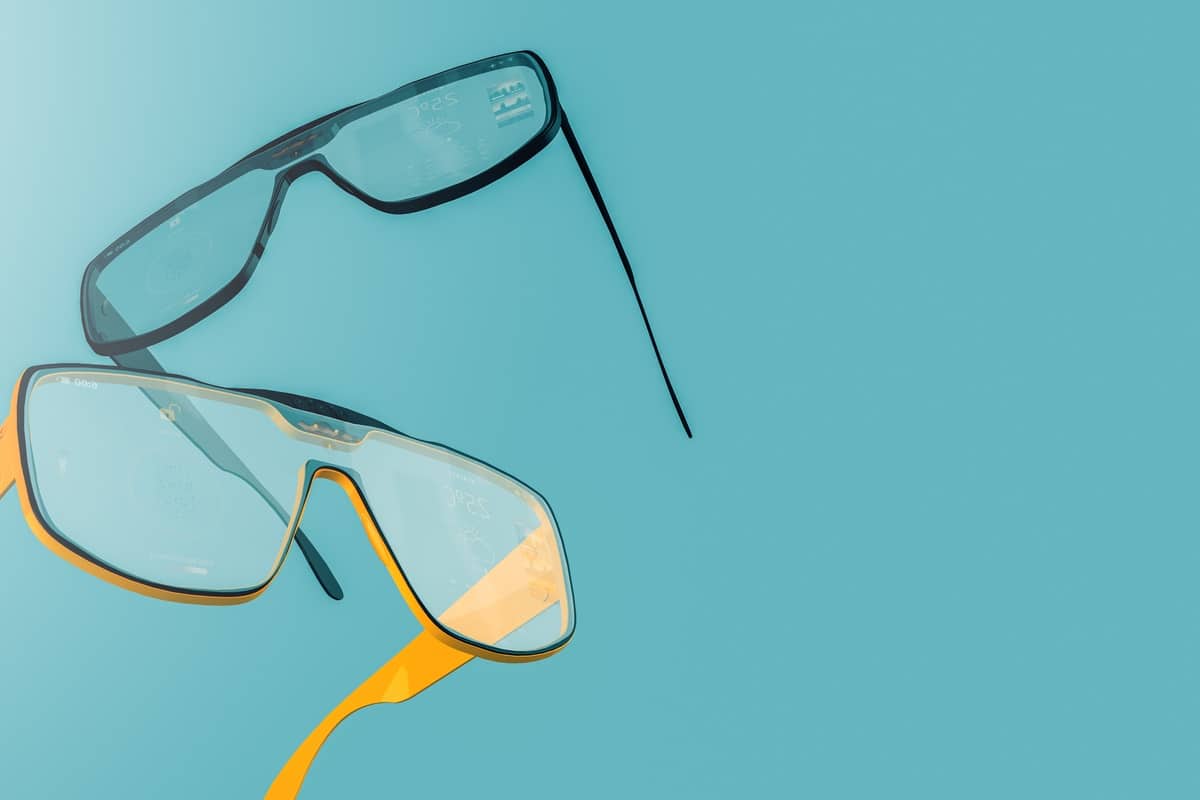The frequency with which you get an eye exam depends on your age, overall health, and any risk factors or concerning conditions your eye doctor is monitoring you for. While there are general guidelines around how often you should receive an exam, the exact frequency of your exams will depend on your unique needs and your eye doctor’s recommendation.
Getting regular eye checkups are essential to maintain not only your vision, but helping your overall health, too. Regular visits to your eye doctor can help to detect and treat eye conditions early on and prevent damage to your eyes. Here’s a closer look to see how often you and your family should be going to the eye doctor.
Infant Exams

Infant eye exams are critical for detecting and treating eye conditions and vision problems early in life. The American Optometric Association (AOA) recommends that infants have their first exam at six months. However, you can wait until your baby is 12 months old to get their first infant exam.
During an infant eye appointment, the eye doctor will evaluate the baby’s eyes for abnormalities, including cataracts, strabismus (eye turn), and refractive errors. The doctor will also assess the baby’s visual development and track the development of visual skills, such as focusing on objects and tracking moving objects. Infants cannot communicate or read letters on an eye chart, so special tests are used to evaluate their eyesight. These tests may include using light projection or fixation devices to measure your baby’s ability to focus and follow objects.
How often you return for your baby’s eye checkup depends on the results of the first exam. Depending on the initial exam results, the eye doctor may recommend follow-up exams to monitor the baby’s eye health and vision development.
Childhood Exams
The AOA recommends that children have their second exam at age 3, before starting school (around age 5 or 6), and every year after that.
During a childhood eye exam, the eye doctor will evaluate the child’s vision and eye health, including looking for signs of common childhood vision problems, such as myopia (nearsightedness), hyperopia (farsightedness), and astigmatism. The doctor will also assess the child’s visual development and track the development of visual skills, such as eye teaming, tracking, and focusing.
Regular eye exams are essential for children, as vision problems can interfere with learning and development. Early detection and treatment of vision problems can help children reach their full potential.
Adult Eye Exam
Whether you’re an adult who does or doesn’t wear contacts or glasses, you should have an eye appointment every year. You may need to have an exam more often, depending on what your eye doctor recommends. During an adult eye checkup, the eye doctor will evaluate your visual acuity and prescription needs, as well as the health of your eyes. The doctor will check for signs of common eye conditions and diseases, such as cataracts, glaucoma, and macular degeneration. The exam may also include tests to evaluate your peripheral vision, color vision, and depth perception.
Depending on your individual needs and concerns, your eye doctor may perform special tests during your eye checkup, such as tonometry to measure eye pressure or a retinal exam to evaluate the back of your eye. Regular eye appointments are especially important for adults with a family history of eye conditions or diseases and those with underlying health conditions, such as diabetes.
Understanding How Often You Should Get an Eye Exam

Regular eye exams are vital for maintaining healthy vision and early identification of possible eye conditions. Eye checkups are even more important for children, as kids aren’t often able to articulate when they’re having vision problems. Taking your child to an eye doctor will help you to properly address any of your child’s vision needs.
If you or your child haven’t gotten an eye exam recently, schedule an appointment today.




